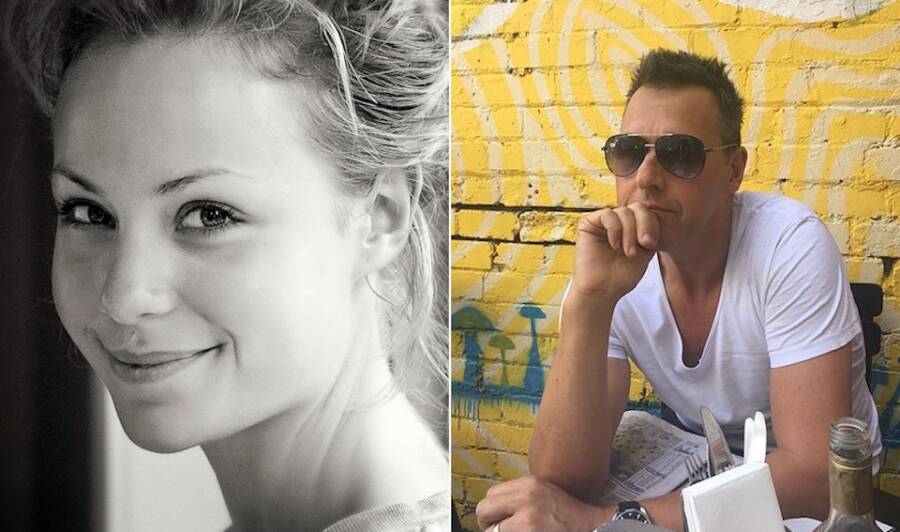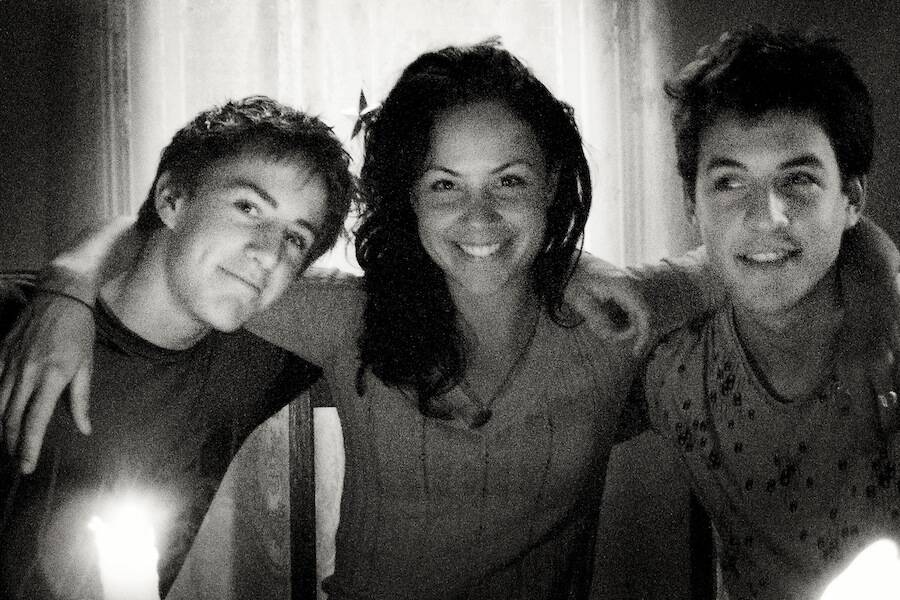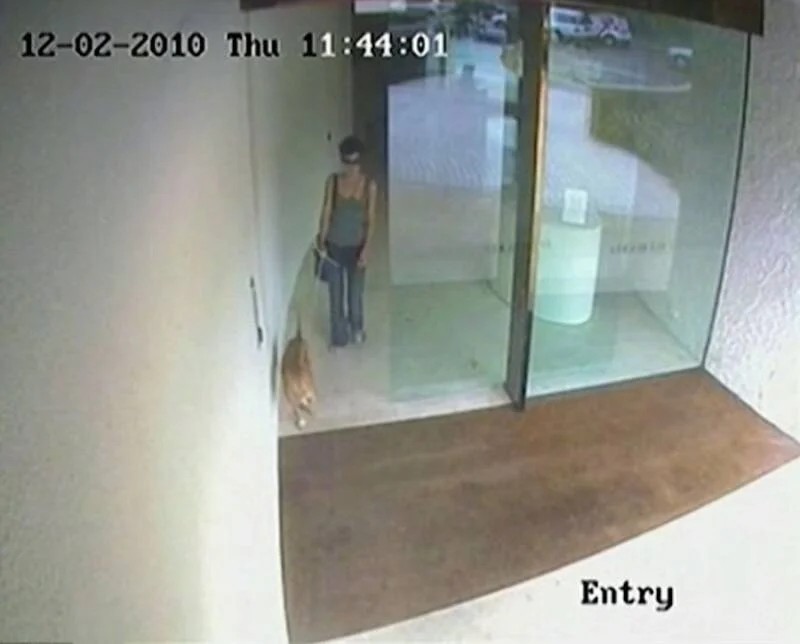
Who was Phoebe Handsjuk?
Phoebe Handsjuk was just 24 years old when she died under highly unusual circumstances that continue to spark debate. On December 2, 2010, she was found dead in the refuse room of a Melbourne apartment building where she lived with her boyfriend.
Investigators claimed that Handsjuk had entered the trash chute of the high-rise building while sleepwalking, possibly under the influence of alcohol and sleeping pills. Her family, however, has never accepted that version of events and believes foul play was involved.
Handsjuk was active, athletic, and well-liked. A fan of martial arts and rock climbing, she had a reputation for being energetic and full of life. But her story came to a sudden and disturbing end inside a chute that led directly to the garbage compactor twelve floors below.
Authorities said she went down feet first and died after hitting the compactor. Her injuries were severe. Despite suspicions from her family and several independent experts, the official cause of death was ruled as accidental.
Critics of the investigation say too many questions were left unanswered. How could she have gotten into the chute by herself? Why were key pieces of evidence left unexamined? And why did someone delete all of her emails and take one of her phones?
Her Background and Family Life
Phoebe was born on May 9, 1986, in Melbourne, Australia. She grew up in the suburb of Richmond with her parents, Len and Natalie, and her younger brothers Tom and Nikolai. Len worked as a psychiatrist, and their household was generally considered happy.
However, Phoebe’s teenage years were marked by difficulty. By the age of 15, she had started using alcohol and drugs. At one point, she left home and stayed with a former prisoner who had a young child. She returned home after about two months.
Once she came back, she began therapy and was prescribed antidepressants. During that period, she entered a relationship with a teacher who was significantly older than her. The pattern of dating older men would continue in her adult life.
At age 23, Phoebe worked at the front desk of a high-end hair salon called Linley Godfrey in South Yarra. It was there that she met Antony Hampel, a 39-year-old events promoter. He was one of her clients. Hampel was good-looking, wealthy, and well connected.
His father was George Hampel, a judge on the Supreme Court, and his stepmother, Felicity Hampel, was a judge at the County Court. His professional status and family background made him a prominent figure.
Despite doubts from Phoebe’s employer, who believed the relationship would be short-lived, she began dating Hampel seriously. After five months together, she moved into his apartment on St. Kilda Road in October 2009. It was a high-end residence in the Balencea building.

The Relationship and Its Problems
Over the next year, Phoebe’s drinking worsened. She told her psychiatrist, Dr. Joanna Young, that Hampel had been verbally abusive. The relationship appeared troubled. In the last six weeks before her death, she left him on four different occasions.
Her boss at the salon recalled that Hampel always managed to convince her to come back. Each time she left, she returned within days. According to friends and family, Phoebe struggled to fully separate from him. The final time she returned would be the last.
What Happened on the Day She Died?
On December 2, 2010, Phoebe and her father had plans to meet Hampel for dinner. Earlier that day, she had been alone at the apartment. Around 11:44 a.m., a fire alarm caused her to leave briefly to walk the dog. CCTV footage recorded her return to the apartment.
From that point on, the only account of what happened next came from Hampel himself.
He said he arrived home shortly after 6 p.m. to find broken glass and some blood near the computer. Phoebe wasn’t there. However, her wallet, keys, and handbag were still on the counter in the kitchen.
Two wine glasses were sitting on the table. The police never dusted them for fingerprints.
By the time officers found her body in the building’s ground-floor refuse room, she had already died. She had landed next to a garbage trolley, severely injured and surrounded by blood. Her blood alcohol level was 0.16, which is more than three times the legal driving limit.
Toxicology also detected one or two tablets of a sedative called Stillnox, or zolpidem, in her system. It is commonly prescribed to treat insomnia.
The police determined that she had gone down the chute sometime between 12:03 p.m. and 7 p.m. The chute itself was 14.5 inches tall and 8.6 inches wide. Though small, it was still large enough for a slim person like Phoebe to fit.
The coroner concluded that she had entered the chute feet first, with her arms pinned at her sides. Police later explained that she did not die instantly but had survived the fall and bled out while trying to crawl from the garbage bin.
There were bruises on her arms, which raised concerns among some experts. They argued these injuries did not match the type of impact expected from a simple fall.
Despite this, authorities supported the theory that she may have been sleepwalking due to her medication and intoxication.

Her Grandfather’s Immediate Doubts
Phoebe’s grandfather, Lorne Campbell, was a retired detective with years of experience. He received the news about her death at 10 p.m. that night. When he got to the scene, he immediately became suspicious.
He later said he never believed the explanation given by police. He was certain from the beginning that something was wrong.
Five days later, police had already ended their homicide investigation. They believed she had injured her hand, then entered the chute while trying to dispose of the broken glass. For them, the case appeared closed.
Campbell, however, disagreed. He noted several details that had been overlooked: large shoe prints in the apartment hallway that were never matched or investigated, and the missing phone. He also pointed out the failure to examine the wine glasses for fingerprints.
To test the feasibility of the theory that Phoebe had climbed into the chute on her own, Campbell constructed a replica of the chute. Friends of Phoebe attempted the climb. Even while sober and physically fit, they found it extremely difficult.
Retired detective Rowland Legg also tried the experiment and found similar results. He explained that the position of the chute door created resistance against the lower back, making it hard to maneuver. The lack of grip and the size of the opening made it more complicated.
He believed that the amount of alcohol and medication in Phoebe’s system would have made the act almost impossible without assistance.

The Push for an Inquest
In 2013, three years after Phoebe’s death, her mother raised $50,000 to fund a formal inquest. Antony Hampel’s attorney opposed the suggestion that Phoebe had been killed. At the hearing, Coroner Peter White supported the sleepwalking explanation.
After months of reviewing evidence, the inquest officially concluded in December 2014. The finding favored Hampel. The court did not suspect foul play and stood by the original determination that Phoebe’s death was an accident.
But for many, the case remained unresolved.
Later Events That Raised More Questions
Years after Phoebe’s death, Hampel’s name came up again. In 2018, he had a short relationship with a 25-year-old model named Baillee Schneider. Hours after they broke up, she was found dead at her family home in Moonee Ponds.
A gold cord was tied around her neck. Her death was ruled a suicide by asphyxiation, but her parents strongly disagreed. They believed the conclusion made no sense based on the circumstances.
Hampel was never named as a suspect in her case. He later moved out of his apartment and is now married. Meanwhile, Phoebe’s family continues to live with unanswered questions and unresolved grief.
Her mother once said that life would never be the same. And in the years since, that has remained true for everyone who loved Phoebe.





